How to Get Vitamin D Without Risking Excessive Sun Exposure
Maintaining adequate amounts of vitamin D helps your body to absorb calcium and phosphate from your diet. Without enough vitamin D it’s impossible to absorb all the calcium you need. In fact, it’s estimated that more than 40% of American adults have a vitamin D deficiency, which can lead to symptoms like fatigue, depression, and joint pain.
Vitamin D also influences cell growth and immune function, which helps with inflammation and keeps your nervous system working properly.
While most of us know that strong sunlight triggers vitamin D production in our skin, too much sunlight comes with its own health risks. Here’s how I recommend you get your vitamin D without risking sun damage.
- Although vitamin D only occurs in a few foods naturally, it’s often added to other foods. Foods including fatty fish like salmon and trout, fish liver oil, egg yolks, and mushrooms are naturally high in vitamin D. Other foods, especially dairy, plant-based milks and many fruit juices are frequently fortified with vitamin D. By adding these foods to your diet—or adjusting how frequently you eat them—you can increase your vitamin D levels naturally.
- You can also take a daily vitamin D3 supplement if incorporating the foods mentioned above doesn’t work for you. 1000 to 2000 IU daily is considered safe and appropriate for those living in the northern states.
- Lastly, you can get your vitamin D by getting healthy amounts of sunshine. This doesn’t mean you should lay out and suntan. With sunblock on, you can obtain a healthy amount of vitamin D with 15 to 20 minutes of sun exposure on your face, shoulders, arms and legs, 3 to 4 times per week.
If you’re worried about how much vitamin D you’re getting, reach out to your R-Health doctor. They will be able let you know if you need to take or keep taking vitamin D supplements and how much you should take.





Leave a Reply
Want to join the discussion?Feel free to contribute!